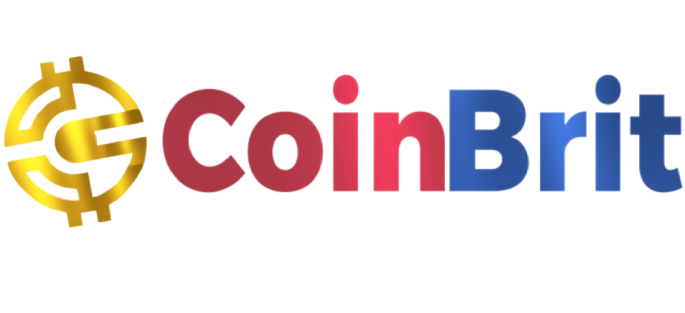Galxe — a Web3 identity and rewards platform — has unveiled a new Ethereum virtual machine (EVM) upgrade to its Gravity blockchain and a $50 million fund for the network’s ecosystem.
Speaking to Cointelegraph, Galxe co-founder Charles Wayn said the $50 million fund was put together in a bid to encourage development on its recently launched Gravity network, an EVM-compatible layer-1 network that aims to help developers launch new user-focused applications and even subsidiary blockchains.
“We’ve put together a $50 million ecosystem fund alliance to support native use cases, developers, and applications built on Gravity.”
“We wanted to start to build out the ecosystem and allow more developers to come over and build here. The advantage of building on Gravity is that you get instant access to the 1 million daily active users of Galxe,” Wayn said.
Wayn said Galxe was also offering a further $5 million in developer grants for the network.
The ecosystem fund features backing from venture capital firms including Dragonfly Capital, HashKey Capital, DAO5, and Lattice.
Alongside the ecosystem fund, Yumin Xia, Galxe’s chief technical officer announced the launch of Grevm 1.0, an open-source parallel EVM built on “revm” — an EVM written in the Rust coding language, designed to be simple and more efficient than traditional EVMs.
Blockchain firms and crypto projects can use Galxe as a platform to host quests and tasks for their users to complete, which Wayn says helps the firms build out their communities and allows their users to gain access to rewards and airdrops.
Moving off centralization
Before the launch of Gravity, Wayn said Galxe was mostly centralized and relied on automated systems for clients and third-party projects to deploy quests, tasks, and community-building apps.
Galxe launched the Alpha Mainnet of Gravity in August, a move that saw all of Galxe’s apps including Passport, Quest, Compass, and the platform’s native Identity Protocol, on-chain.
“It’s not just Galxe who needs the chain, but it’s also for the projects and brands that use our platform. Whoever builds and grows their applications on Galxe also wants to have decentralized infrastructure that can sustain their own traffic without relying solely on us,” Wayn added.
Gravity is a proof-of-stake layer-1 blockchain built using the Arbitrum Nitro stack. It’s EVM compatible and uses Reth as its execution layer and the Jolteon (AptosBFT) as its consensus algorithm.
Beyond questing and rewards, Xia has big goals for the Gravity network and hopes to build it into a network that can support a wealth of projects and allow for users to pay for gas uniformly across its 70 connected blockchain networks with the project’s native G token.
The core of this goal rests on Gravity SDK, which is an open-source toolkit that he says will one day be “ten to 100 times better” than Cosmos SDK.
Xia says Gravity SDK will eventually allow developers to launch their own layer-1 and parallel EVMs on Gravity in the coming years.
Additionally, the SDK will allow for higher throughput and sub-1-second execution, something Xia says is important for a network that conducts millions of micro transactions every day.
“We hope everyone will use the Galxe chain SDK in the future. We are really hoping to beat the Cosmos SDK for chain abstraction,” added Xia
The full launch of the Gravity Mainnet is currently slated for the second quarter of 2025.
In 2022, Galxe raised $10 million in a round led by Multicoin Capital and Dragonfly Capital.


